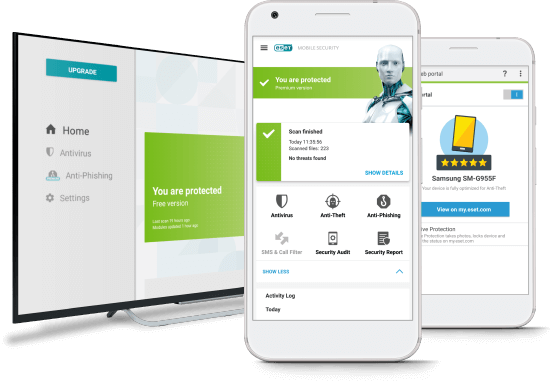
The Bring Your Own Device (BYOD) trend has become increasingly prevalent now-a-days. Employees are using their personal smartphones, tablets, and laptops for work purposes. While BYOD offers flexibility and convenience, it also introduces security risks that organizations must address. To ensure a secure and productive environment, it is essential to establish a comprehensive BYOD security policy framework. This guide outlines the essential elements of a BYOD policy to enable secure employee device usage.
Clear policy objectives:
Begin by defining the objectives of your BYOD policy. What are your organization’s goals with regard to employee device usage? Are you primarily concerned with security, productivity, or both? Clearly state your policy’s intended outcomes.
Define permissible devices:
Specify the types of devices that employees are allowed to use for work. Include guidelines for smartphones, tablets, laptops, and any other devices relevant to your organization.
Access control and authentication:
Implement strong access controls and authentication mechanisms. Require employees to use complex, unique passwords, and consider implementing multi-factor authentication (MFA) to add an extra layer of security.
Remote device management:
Establish the ability to remotely manage employee devices. This includes features like remote lock, wipe, and software updates, which are critical for responding to security incidents.
Data ownership and privacy:
Clearly define data ownership and privacy boundaries. Employees need to understand which data is considered company property and how their personal data is handled on BYOD devices.
Acceptable use policies:
Develop and communicate acceptable use policies. Outline what employees can and cannot do with their BYOD devices, including prohibited activities such as downloading unauthorized apps or visiting potentially harmful websites.
Security software requirements:
Specify the security software and apps that employees must install on their devices. Antivirus, anti-malware, and mobile device management (MDM) tools can enhance security.
Termination procedures: Outline procedures for handling employee departures or device decommissioning. Ensure that sensitive company data is properly removed from employee-owned devices.
A well-defined BYOD policy is crucial for balancing the benefits of employee device usage with the need for security and compliance. By addressing these essential elements, organizations can establish a clear framework for secure employee device usage, mitigating risks and promoting a productive, flexible work environment.